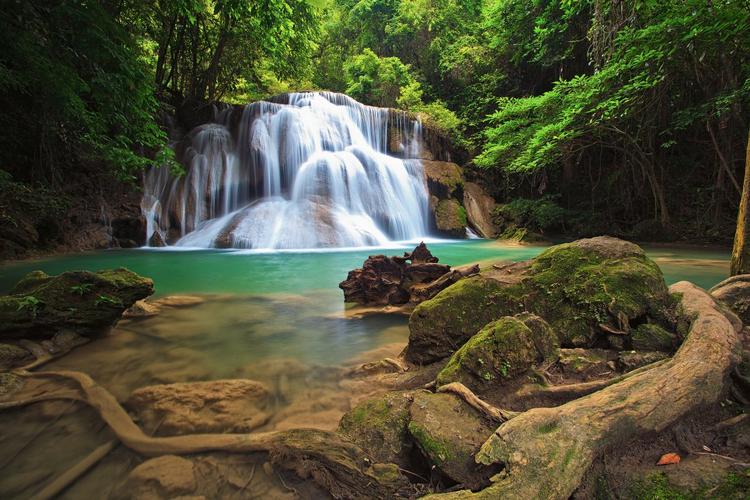Japan is a nation with a rich tapestry of cultural diversity that goes back thousands of years. For many outsiders, when they think of Japan, their minds often go straight to its bustling capital city of Tokyo and their tech-savvy population. However, it’s essential to look deeper at the different cultures and traditions this vibrant country has.
Japan is a land of dichotomy; a place where past and present meet and co-exist in harmony. From the traditional tea ceremonies in Kyoto to the futuristic streets of Tokyo, the country is home to a wide variety of customs that have been passed down through generations.
Geisha, for example, are still present in Japan and serve as entertainers trained in music, dance, and conversation. They embody the beauty and grace of traditional Japanese culture. The nation is also famous for its intricate art of origami, a paper-folding art that dates back centuries.
There are over 30,000 temples and shrines scattered throughout the country, each with its unique characteristics. Kyoto is considered Japan’s cultural capital and features some of the world’s most well-preserved cultural heritage sites. The city has over 1,000 Buddhist temples and Shinto shrines, providing insights into Japan’s religious roots.
Furthermore, Japan’s natural beauty is just as unique as its cultural offerings. The cherry blossom, known as the Sakura, is an iconic symbol of Japan and draws many people to the country during the Spring season. Mount Fuji, Japan’s highest mountain, is also a natural wonder and can be seen from Tokyo on a clear day. Japan has many lush forests, national parks, and hot springs that offer stunning views that you can’t find anywhere else.
Nevertheless, when thinking about Japan’s cultural identity, it is also important to recognize the challenges its current demographics are facing. With the population aging faster than any other group globally, the country has been tackling issues around employment rates, migration, language, and integration. However, efforts are being made on a national and individual level to integrate a more diverse population, paving the way for an inclusive society.
In conclusion, exploring the rich tapestry of cultural diversity in Japan is an incredible experience. The country’s deep-rooted traditions, unique art, and natural beauty are just a few of the reasons why people are drawn to visit. It is essential to appreciate the beauty of Japan, not just on the surface but also delving deeper into its complexities and becoming more culturally sensitive. By doing this, we can better understand and engage with the people and the rich culture that Japan has to offer.
(Note: Do you have knowledge or insights to share? Unlock new opportunities and expand your reach by joining our authors team. Click Registration to join us and share your expertise with our readers.)
Speech tips:
Please note that any statements involving politics will not be approved.
